An easy escapade: Hiking Folkestone to Deal
‘Everywhere is walking distance if you have the time.’ – Steven Wright.
Navigating Folkestone
Our hike from Folkestone to Deal begins when we exit the train station at Folkestone, only an hour after departing from Kings Cross. It’s a damp, gusty Saturday morning, still quite early, and we pound the pavements as we seek out the sea. Once there, we’ll be following the coastline east over the course of two days until we reach Deal.
We join the coast at Leas Cliff Hall and from there turn and keep the sea to our right as we navigate through Folkestone’s narrow streets, seeking an exit onto the coastal path proper. The businesses we pass are designed to trap visitors. Little galleries, small stores selling souvenirs and fudge, arty cafes and a fish and chip shop. There are colourful facades and pretty window displays to encourage passersby inside. It’s certainly tempting to be waylaid – it’s raining now, chilly needle-like drops, and there is a relentless breeze that blasts along the alleys.
Back up on the cliffs
The maze of lanes comes to an abrupt end. Suddenly, we are unceremoniously spat out, finding ourselves at the harbour front. From here, it’s an easy walk out of town, towards Copt Point Cliffs. We pass the Folkestone Mermaid, gazing wistfully out to sea. She is the creation of Cornelia Parker, who was inspired by the story of The Sea Lady by H.G. Wells (a long-time resident of Folkestone) and the statue is a reinterpretation of Copenhagen’s famous ‘Little Mermaid’. We pause only momentarily to contemplate the waves with the Mermaid before moving on once more.
We hit the cliffs once more and feel our breath snatched instantly away as the wind hits us full tilt. Without pausing to examine them more closely, we bypass the Martello Towers and follow the path that mercifully sinks back down to sea level. Here, the wind is a more manageable bluster. We follow the railway line running between Folkestone and Dover for part of the way at this point, before crossing it and ascending steeply once more a few miles on. Once again, we’re on the clifftops, in the full force of the gale.
Panting and out of breath, I struggle the last few steps to the top of the cliff and collapse onto a conveniently placed bench. E is already perched there, perfectly poised after the strenuous ten minute uphill scramble. We now find ourselves at a vantage point overlooking the Channel after a few miles walking at sea level. The wind, blustery enough below, is now screaming across the clifftop, a wild thing that turns my hair to streamers and makes my eyes water. At least the rain has stopped, for the time being.

Battling the elements
After pausing for five minutes or so on our bench, we move on. The wind pushes at us from every angle, so strong I am, more than once, afraid that it’ll pick me up and hurl me unceremoniously off the cliff. We cling to the edge, inching forwards, eyes half closed against the blasts of air. Out of nowhere, a great gust grabs the jacket tied around my waist and flicks it upwards, as if the phone in the pocket weighs nothing. The corner of the phone hits me squarely in the eye and leaves a red mark that develops into a small bruise. I sit down with a jolt in the tall grass, shocked and stung by the assault. Behind me, E is fighting her own battle with the wind and hasn’t noticed my misfortune.
Further on, the clifftop thankfully widens sufficiently for us to feel safer walking in the tempest and we walk more swiftly. Our lunch time stop coincides with the arrival of a large, curved concrete structure in our path. We eat pasta salad, fruit and other snacks in the lee of the structure, where we’re slightly more sheltered, and I turn to trusty Google to find out what it actually is.
The sound mirror
It turns out we’re sitting in the shadow of a sound mirror. Also known as acoustic mirrors, they were forerunners of radar. Between 1916 and the 1930s, many of these mirrors were built along England’s south and northeast coastlines. Then, faster airplanes were developed and along came radar. Sound mirrors fell into disuse. However, before radar, they provided an early warning of any incoming enemy aircraft.
We are currently huddled up against Abbot’s Cliff Sound Mirror. It is an impressive example of this ingenious technology. Built in 1928, it stands as formidable as ever, overlooking the English Channel, facing towards France. It is graffitied now, colourful tags littering the grey concrete. A blue streak of paint runs down the centre of the curved dish. There is a faint air of neglect and ruin.
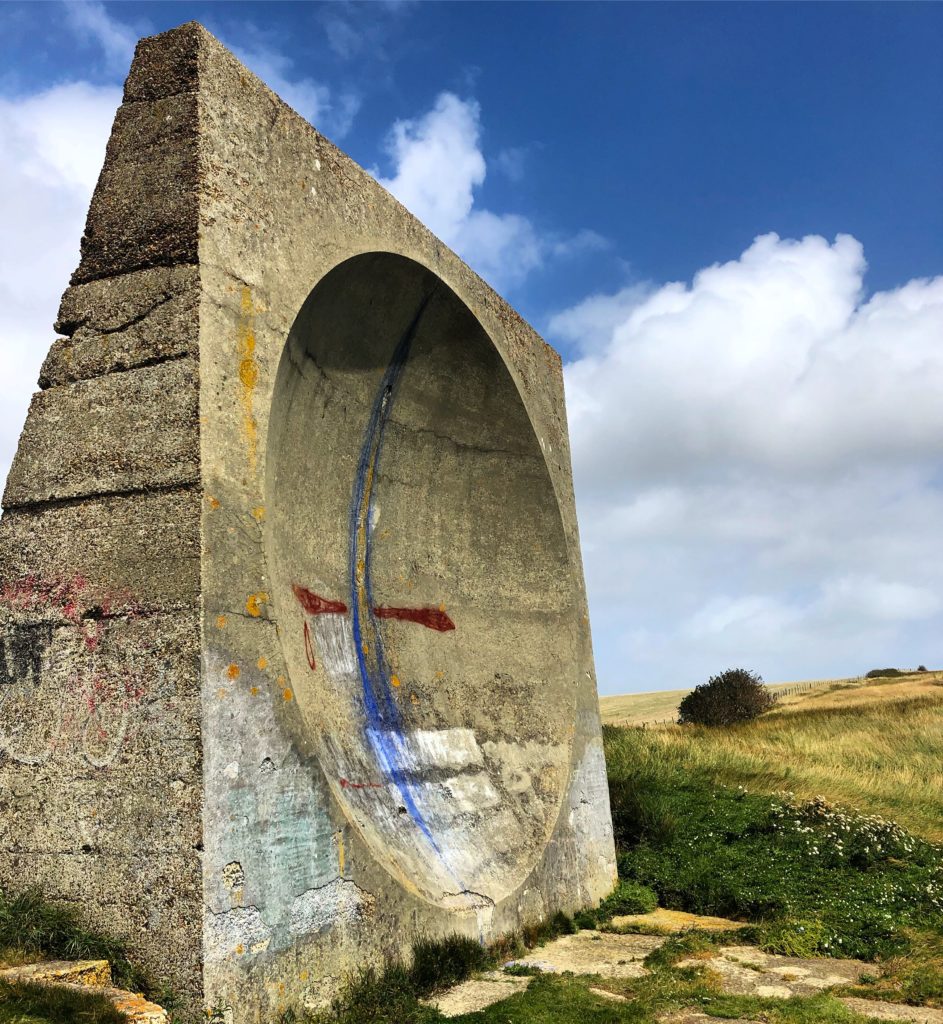
Dover and its historic fortifications
As we near Dover, we become aware that the A20 is backed up. Not just slow moving traffic or a short hold up. This is an immovable, endless monster of a traffic jam. Lorry after lorry. They go up over the hill and out of sight in one direction, down and around the bend in the other. The strong winds have caused ferry delays and this is the result. I’ve never seen anything like it, and can’t help wondering what it will be like after Brexit. A murky thought. I discard it fairly rapidly as we cross a footbridge over the A20 and descend into a housing estate on the other side. Somewhere under our feet at this point, the Eurotunnel runs its course towards mainland Europe.
From here, we climb up through a small country park and arrive unknowingly on Citadel Road. A few paces down the road and on our right, we come across the Knights Templar Church. We pause to read the English Heritage sign. It is more than six hundred years old and now only the foundations of the circular nave remain. We gaze at the foundations of the circular nave for a minute. Unmoved by this ancient history, we’re quick to continue walking.
Typically, neither of us have done any research about Dover before arriving. The Western Heights of Dover come as a welcome surprise. We spend an hour or more exploring one of Britain’s most impressive fortifications, completely naïve to this knowledge as we wander through the maze of ditches. Despite the patchy late afternoon sun, there is a dampness in the air where the shadows lengthen. I feel unease oozing in the pit of my stomach and a faint pressure between my shoulder blades, as though I am being watched.

The briefest layover
We emerge on the other side of the fortifications blinking, as if waking from a dream. By now, our feet are aching and our legs sore for the miles we’ve covered. We descend into the town centre, find our B&B, eat fish and chips for dinner and sleep early. The lights are out and my eyes are closed by 9pm.
Our hostess cooks a delicious full English and remarks cheerfully when we explain that we walked from Folkestone yesterday, and intend to continue on to Deal today. She bustles in and out of the breakfast room. Between trips, we slide apples and a banana into our bags to snack on later.
Outside, the wind has mercifully dropped to a fresh breeze and the sun is shining. The second leg of our Folkestone to Deal hike should be easier today! We walk down past The White Horse pub, the walls inside adorned by many signatures of successful Channel swimmers. Adjacent are the ruins of a Norman church. When we passed by the previous evening, a strong smell of weed had carried on the air from those very ruins.
It’s a climb out of Dover to start our day, with the ferry port and all its complex road systems opening up as we gain an aerial view. The traffic jam has disappeared overnight. It seems the ferry schedules have recovered with the slackening of the wind.
Although I would like to visit, we don’t have time to stop at Dover Castle, and proceed rapidly on into National Trust land. Within an hour, we’re standing atop the fabled White Cliffs of Dover.
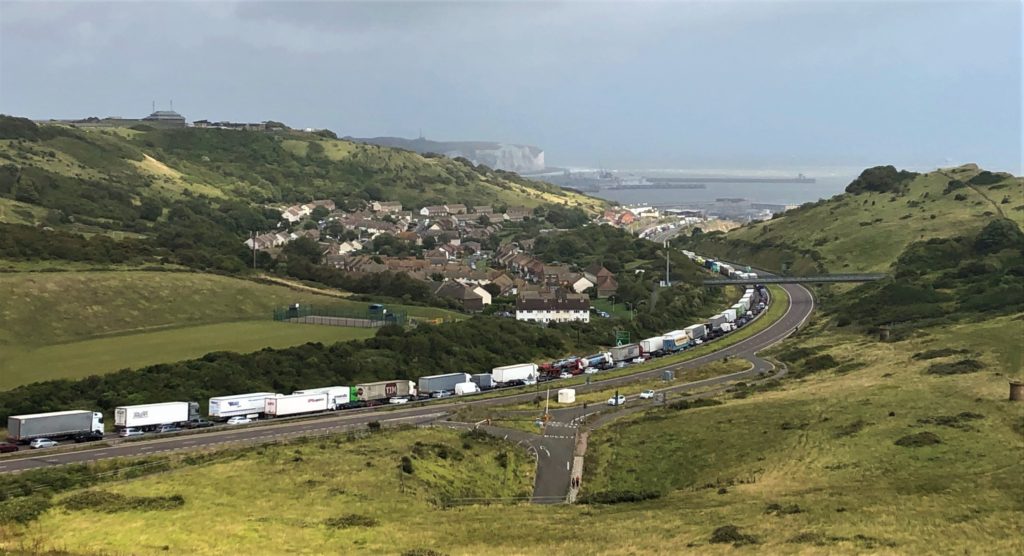
The White Cliffs of Dover
Up close, the white cliffs are actually greyer than I imagined them to be. There aren’t any bluebirds either. Despite this, I am delighted to be there. These cliffs are famous! They’re quintessentially English – the first thing people see as their boat noses towards Dover. I think briefly of refugees, making their desperate and dangerous journey across the narrow stretch of water that separates the UK from the rest of Europe. What do they think when and if they see these famous cliffs? I can’t even imagine. Do they feel any kind of relief? Or only fear and uncertainty for the next stage of their difficult journey? Arriving in England doesn’t necessarily guarantee them safety.
As it is considerably less windy now, I spend quite a bit of time frolicking in the reserve that tops the cliffs. E becomes impatient and continues walking, but I sink to my knees and crawl as close to the edge as I dare. My breath catches and I slide backwards. That’s enough danger for me for one day! I catch up with E and we stroll along. Shortly after, we come across South Foreland Lighthouse. Even though we’ve only been walking an hour or so, we pause at the tearooms and sit in the courtyard, drinking soft drinks and eating the fruit we stole at breakfast. This was the first lighthouse in the world to use an electric light.
We do not climb the lighthouse, but continue on our walk shortly after. It’s easy hiking – well marked paths cutting close to the cliff edges, through fields and small thickets. In no time at all, we’re descending into St Margaret’s Bay. We don’t linger, walking through, pausing only when my phone notifies me that briefly, I’m on a French network. Here, we’re so close to France that my phone recognises their networks over my usual UK one!

The final push to Deal
The final couple of hours are spent traversing farmland, still atop the cliffs, with the sea shining far below. We pause very briefly at the Dover Patrol Memorial, then continue on, keen to reach Deal while the sun is still out and for once, the weather is on our side! Finally, we reach Oldstairs Bay and come down from the clifftops. This last stretch is walked on stony Kingsdown Beach itself.
I’ve not eaten enough. All of a sudden, I feel faint and dizzy. E parks us on a bench not far from the Zetland Arms (a lovely looking beachside pub!) and I nibble on squares of chocolate until I feel better. Still peckish, we bypass the pub and go in search of some cheaper fodder, ending up at the charming little Sea Café where I eat a jacket potato with cheese and salad and E munches through a doorstep size sandwich. We sit outside, although the sun has gone in and the wind is picking up again.
We’re footsore and I personally am weary, but we’re both elated. We’ve done it! Folkestone to Dover and then onto Deal. We’ve covered approximately seventeen miles in two days, seen seemingly countless historical landmarks and been buffeted and even injured by the strong winds. But it has been wonderful. And all within easy reach of London. Such an easy escapade from city life.

Time to head home
After eating, we spend an hour wandering around Deal, passing time until our train is due. Both of us are fascinated by Deal Castle, a 16th century artillery castle with unusual circular bastions. Like the Knights Templar Church back in Dover, it’s now run by English Heritage. We read the sign at the entrance that explains that the castle was built as ordered by Henry VIII and it is one of the finest Tudor artillery castles in England. I tuck it away as ‘something to come back for’.
The train is on time. It trundles along the tracks, taking us back to Dover and then Folkestone before going onto London. In less than half an hour, the train covers the distance it has taken us two days to walk. Just before Folkestone, the train cuts close to the ocean and runs alongside for a short while. I spot the track we walked along yesterday, overgrown with summer weeds and greenery. If I hadn’t walked there, I wouldn’t have known to look out for it. Slowing down, taking time to breath and explore, opens the world up in a whole new way.
As we pull out of Folkestone, I settle back in my chair and close my eyes to doze. E is already napping beside me. Tomorrow is Monday, and we’ll both be back in the office. I force thoughts of work aside. Instead, I cling to this very moment. We’ve hiked Folkestone to Deal! I feel elated, replete, satisfied and tired. There is no better feeling!
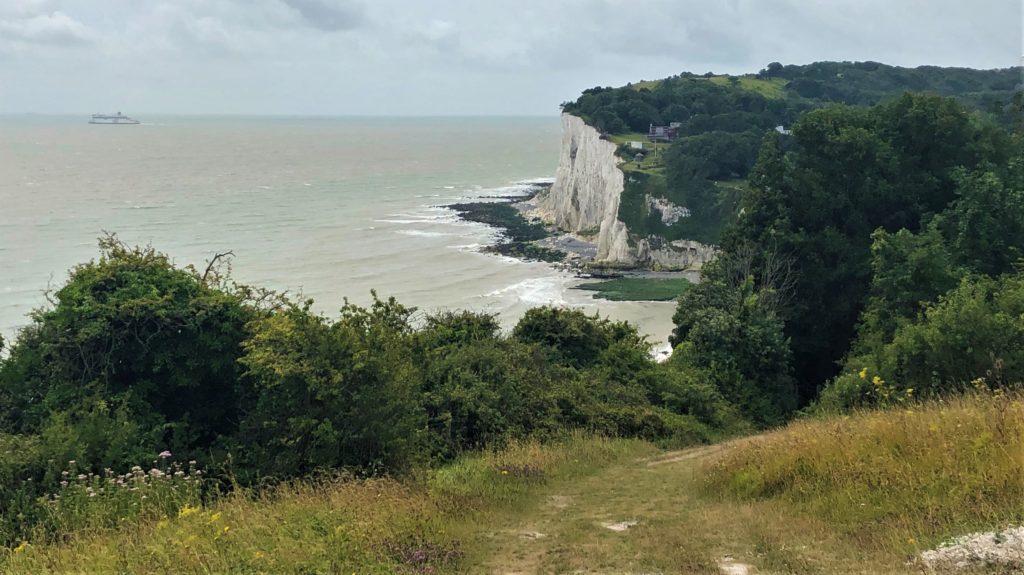
The Logistics: Folkestone to Deal
Organising the hike from Folkestone to Deal could not have been easier. If you’re coming from London, book any train to Folkestone (I usually use Trainline.com) and a ticket from Deal back to London the following day. I’d recommend having an open ticket so you’re not tied in to a specific train time.
We booked to stay at the Castle House Guest House in Dover for our stopover. Dover is the perfect halfway point between Folkestone and Deal and, with so much interesting history, the perfect pitstop to explore a bit when you arrive (if you have energy left after hiking from Folkestone!). Our accommodation was centrally located, clean, comfortable and our host could not have been nicer, plus she cooked a wonderful breakfast!
We took a picnic on the first day, bought fish and chips in Dover for our dinner and bought a late lunch in Deal on the second day. Be sure to pack plenty of snacks to tide you over!
When it comes to water, take more than you think you’ll need. I ran out halfway between Folkestone to Dover and we had to go off the path to a pub where I could fill my bottle. Other than food and water, I’d recommend packing light. Just your essential toiletries, a change of clothes, night things etc. Pack waterproofs, as well as sun cream – the weather is changeable, even in August! Dover has a Boots and some other high street stores if you forget anything and need to pick something up.
If you enjoyed reading about my weekend hike from Folkestone to Deal, you might also like my post about the time I hiked the Abel Tasman Great Walk in New Zealand! Check it out!
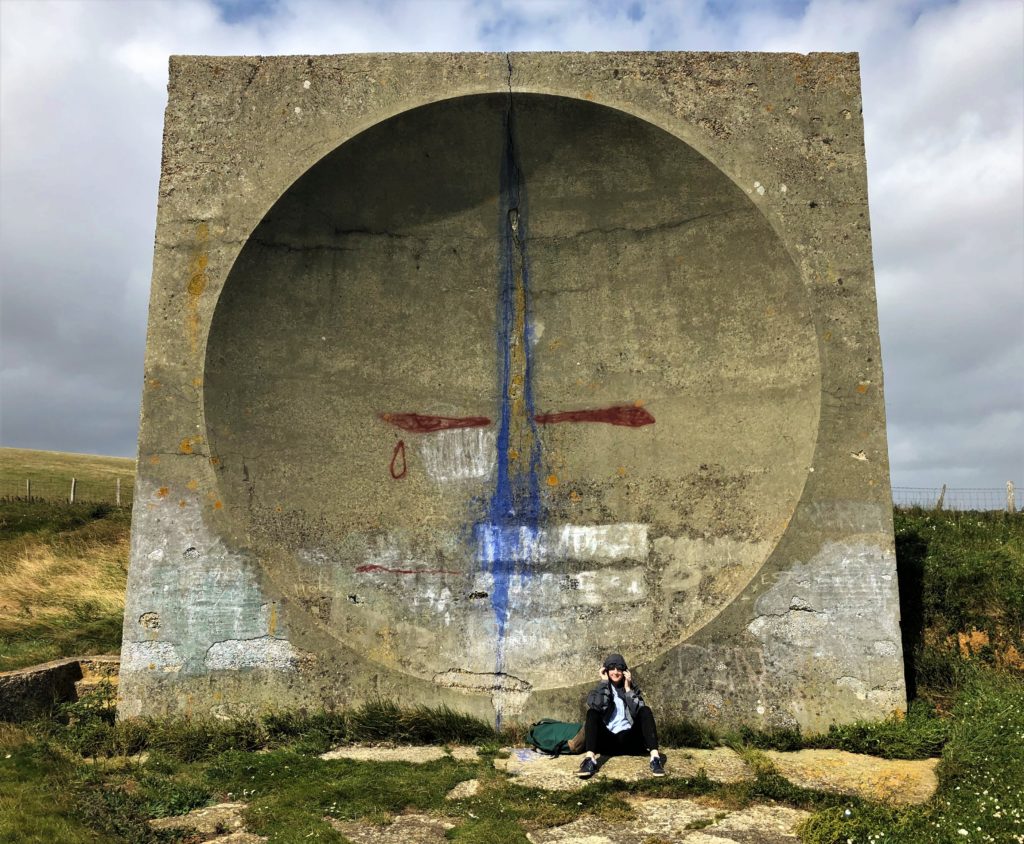


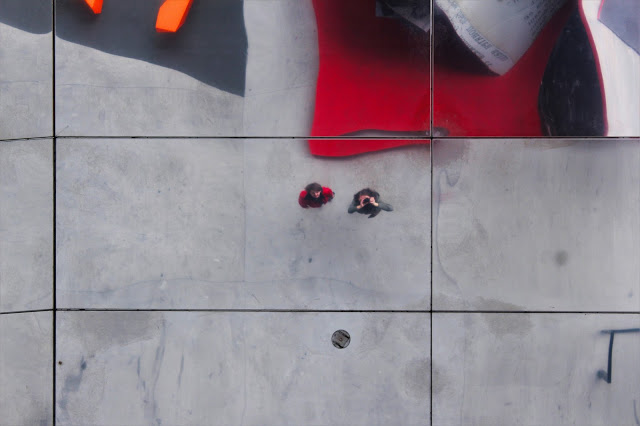

1 thought on “An easy escapade: Hiking Folkestone to Deal”